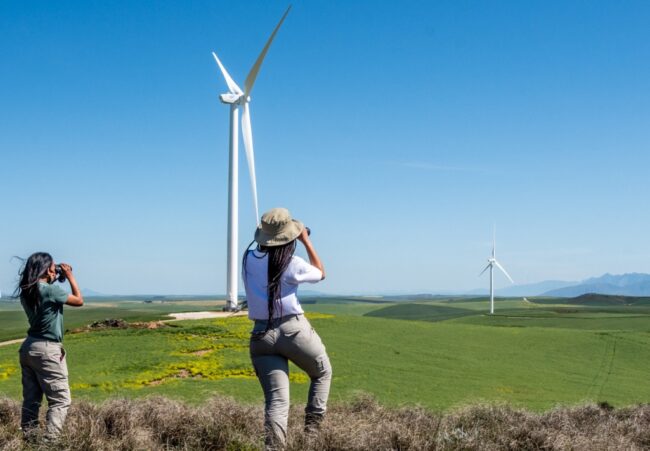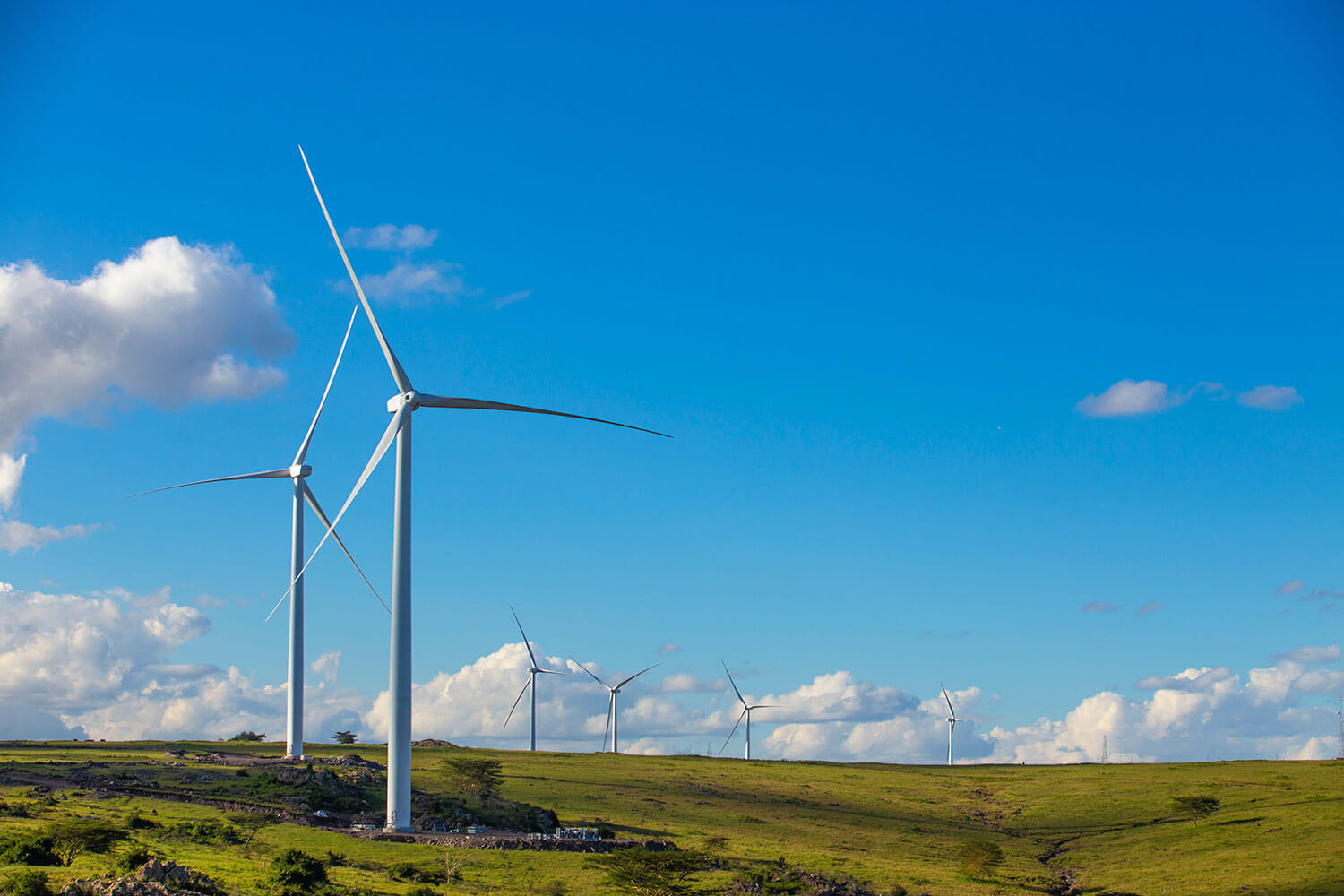BTE Renewables is an owner of a firm that produces renewable energy. Its goal is to make possible utility-scale wind and solar installations in Africa. In order to ensure long-term value creation for all stakeholders, the firm develops, acquires, owns, and runs waste-to-energy, renewable energy, and energy efficiency projects in the sub-utility range of around 5 to 100 megawatts.
BTE Renewables have a history of bringing projects from the development stage all the way to operation. The team that works for the company has almost two decades of experience in the power industry. They have delivered over 436MW into construction and operations while raising over $1 billion in investment to bring projects to a financial close.
BTE Renewables are making Africa sustainable
BTE Renewables began as BioTherm Energy. Last year, in 2021 they rebranded the company. The same year, their achievement was becoming a fully operational Independent Power Producer (IPP) in Kenya and South Africa. This happened after years of planning and building BTE Renewables’ portfolio of five projects. The foundation of their success is sustainability.
Sustainability is central to decision-making at BTE Renewables (BTE), which provides 284 MW and 100 MW of renewable energy into the grids. The company creates clean energy by taking into account all of its many stakeholder groups, as well as more general sustainability considerations and opportunities given by the African renewable energy industry and more broadly by alignment with the Sustainable Development Goals (SDGs).
BTE Renewables’ aim is to ensure the Just Energy Transition and they have a giant part of Africa’s energy transition to renewable electricity. Also, the BTE takes care of the people of Africa to have access to energy. But, according to their business philosophy, they achieve this by taking into consideration the impacts on the environment, society, biodiversity, and the economy of Africa.
Step by step: BTEs three-year sustainability strategy
To put this commitment to sustainability into practice, the corporation launched a three-year sustainability strategy in 2020. In the first year, the emphasis was on “Structuring for Impact.” It involved ensuring the right procedures, resources, and strategies to meet their objectives. In order to maintain consistency and integration of E&S obligations, this priority area involved the creation of an extensive Environmental and Social Management System (ESMS).
The ESG Board Sub-Committee, a dedicated ESG/Sustainability Director, and a sustainability team made up of 52 professionals from various fields, including environmental management, social performance, human resources management, economic development, and health and safety management, manage the application.
The three-year sustainability plan has attracted interest. BTE received recognition in 2021 for providing all of its employees with a safe, secure, healthy, and enjoyable work environment. They received a “Top Gender Empowered Company” award from Standard Bank for exhibiting gender diversity.
Next step: BTE is building legitimacy
By establishing their ESMS, fully integrating it into operations, and boosting its positive influence in the business, the renewable energy sector got more attention the year after. In the year 2021, the goal was to build legitimacy. The seed funding and launch of the INSPIRE initiative, which intends to enhance the field of social performance in South Africa’s renewable energy sector, was a significant BTEs accomplishment. The implementation of INSPIRE in collaboration with SAWEA and SAPVIA demonstrates BTE’s dedication to advancing industry best practices and ESG considerations.
Business ethics first…
Regarding ethics, BTE pledges to conduct business in a way that develops and institutionalizes an ethical culture across the entire organization. BTE has established a whistleblower policy, protocols, and procedures, including a hotline run by a third party, in addition to many HR regulations and guidelines.
Risks are anticipated and proactively reduced thanks to a risk matrix that is regularly updated and reported to the Audit and Risk Subcommittee. This helps BTE maintain good governance by establishing stakeholder confidence in their ability to conduct business with honesty, transparency, and the best risk management practices.

…But respecting the environment above all
BTE launched its groundbreaking operational biodiversity management programs in 2021. Many of these have been in the works for a while. However, each BTE site developed a Biodiversity Action Plan (BAP). They were different and according to what was appropriate for the situation. That is how they demonstrated their dedication to best practices. It means BTEs BAPs have off-site conservation programs with conservation partners as well as on-site mitigation programs.
The observer-led shutdown-on-demand (SDOD) initiative is a crucial part of all BTE programs. When a priority species enters an area with a known risk of collision, highly trained bird monitors stationed at observation towers will call for the shutdown of a particular turbine. In South Africa, SDOD went into effect at the wind farms Kipeto and Excelsior in 2021, and it is anticipated to go into effect at the Golden Valley farm in 2022.
The company’s way is leading by example in responsible renewable energy investment across Africa. They want to be an example of effective management of environmental and social implications. Also, they intend towards a long-lasting, transformative impact on the societies and countries where the BTE operates.
BTE’s guiding principle is to make sure that social, environmental, and governance considerations are deeply integrated into the management philosophy and approach, impacting all decisions.
What have they done?
BTE Renewables successfully brought online four renewable energy IPP projects in South Africa.
The company’s flagship project, Kipeto, includes an intensive SDOD program with a wide range of conservation measures. With a team of 33 biodiversity monitors and a full-time ornithologist recruited to head the initiative, it might be the only wind farm in Africa and possibly the entire world. The initiative has also received funding from The Character Conservancy (TNC), one of the most well-known conservation organizations in the world, due to its ambitious and innovative nature.

BTE policy is to seize every chance to make investments that benefit both nature and humans. That is how they address the problems of climate change and biodiversity loss. Or, as they say on their LinkedIn profile, their motto is – unlocking potential.
Africa obviously has what to offer to investors and to its people, too. The continent, slowly but steadily, becomes the world’s renewable energy oasis. And BTE Renewables is a good example that everything is possible if there is goodwill.

